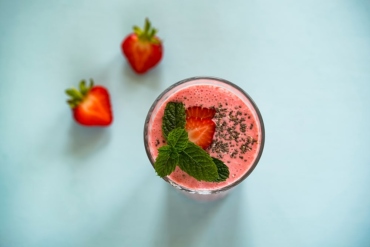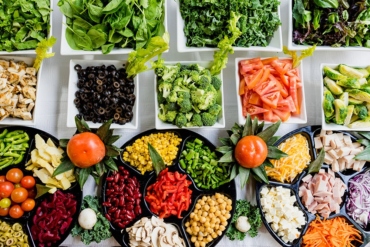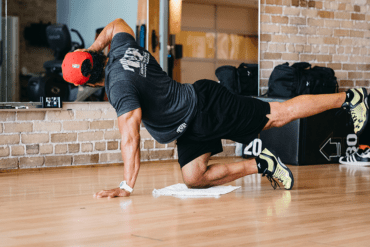Stretching vs Strengthening Tight Muscles
Many people associate a feeling of muscle “tension” with a necessity to stretch that muscle. However, sometimes that muscle actually needs to be strengthened! Take a look at some of these tips, definitions and recommendations from Toronto’s top rated physiotherapists & chiropractors.
Muscle Flexibility
Let’s start by defining muscle flexibility, which is the ability of a muscle to lengthen its fibers. Flexible muscles are necessary in maintaining joint range of motion in certain positions. When a muscle lacks flexibility, it can feel “tight”. When this “tension” is a result of limited flexibility, stretching this muscle is an appropriate exercise.
Muscle Oxygenation
However, sometimes muscles feel tight, but they have adequate flexibility. This is due to the lack of oxygen in the muscle tissue.
During exercise, blood flow is increased to muscles being used. Oxygen is transported in the blood and delivered to the muscle tissue. The muscle then uses this oxygen to create a form of energy called ATP (adenosine triphosphate). If a muscle isn’t being properly activated/targeted, there can be a lack of oxygen in the muscle tissue which can translate into a feeling of “tension”.
In this case, a targeted activation/strengthening exercise can increase the blood flow, and therefore the oxygen, to the muscle tissue, releasing this feeling of tension.
Common Muscles That Are Stretched When They Should Be Strengthened
- Upper trapezius
- A feeling of tension in the upper trapezius muscle is often found in people with lengthened and weak upper trapezius fibers. Areas of tension can be found in the muscle where a lack of blood supply exists.
- Stretching the upper trapezius might “feel good”, but this actually further lengthens the muscle, which is already too long (i.e. feeding into the problem).
- An upper trapezius shoulder shrug exercise can help strengthen and shorten these lengthened fibers while increasing blood supply to the area, and help decrease this perceived tension.
- Hip flexors
- A feeling of tension in the hip flexors is often associated to a weakness/poor motor control of hip flexion. Secondary hip flexors such as TFL (tensor fascia lata) will compensate for this weakness/poor motor control and overwork, creating areas of tension lacking proper blood supply.
- Exercises involving core activation and controlled active hip flexion can increase hip flexor strength/motor control and decrease this perceived “tension”.
- Calf muscles
- “Tight calves” can sometimes be a sign of weakness in the stabilizing muscles of the ankle.
- Tibialis posterior, flexor digitorum longus and peroneus longus are all calf muscles that help control ankle stability. If they are weak and having a hard time working properly (e.g. after an ankle sprain), they can develop a lot of tension (areas with decreased blood supply), as well as create more tension in the bigger calf muscles (gastrocnemius and soleus) which are working off of a less stable base (ankle).
- Targeted tibialis posterior/flexor digitorum longus/peroneus longus strengthening exercises can help decrease this calf “tension”.
Treatment for “Tight” Muscles
Before jumping to stretching exercises for those “tight” muscles of yours, you might want to make sure you know whether they are truly tight or, if in fact, they are actually weak. Mixing these two situations up can compound an existing issue.
If you are unsure, consult with a physiotherapist or chiropractor who can assess the origin of this “tension” and determine the appropriate exercises to address it. Different soft tissue release/massage techniques will also help increase blood flow, and therefore oxygen, to these tissues, further releasing these tensions.
At Totum, we love a team-oriented approach! Leveraging the expertise of many for the benefit of individual clients is at our core. Our belief is that an interdisciplinary approach to a client’s wellness will produce optimal results. Our approach is not typical as our fitness and rehabilitation components overlap, thereby improving the quality of both.
As many clients of ours have commented, our science, customer service and one-on-one approach sets the environment for rapid improvements.
At Totum, we want to help you improve your life.
Book Your Next Treatment Today.

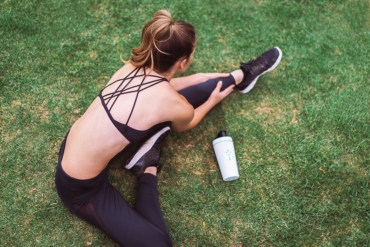




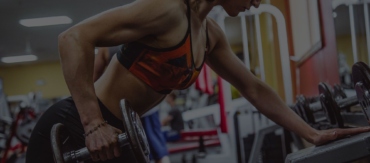

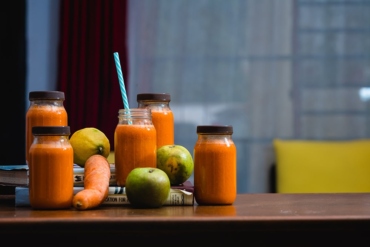
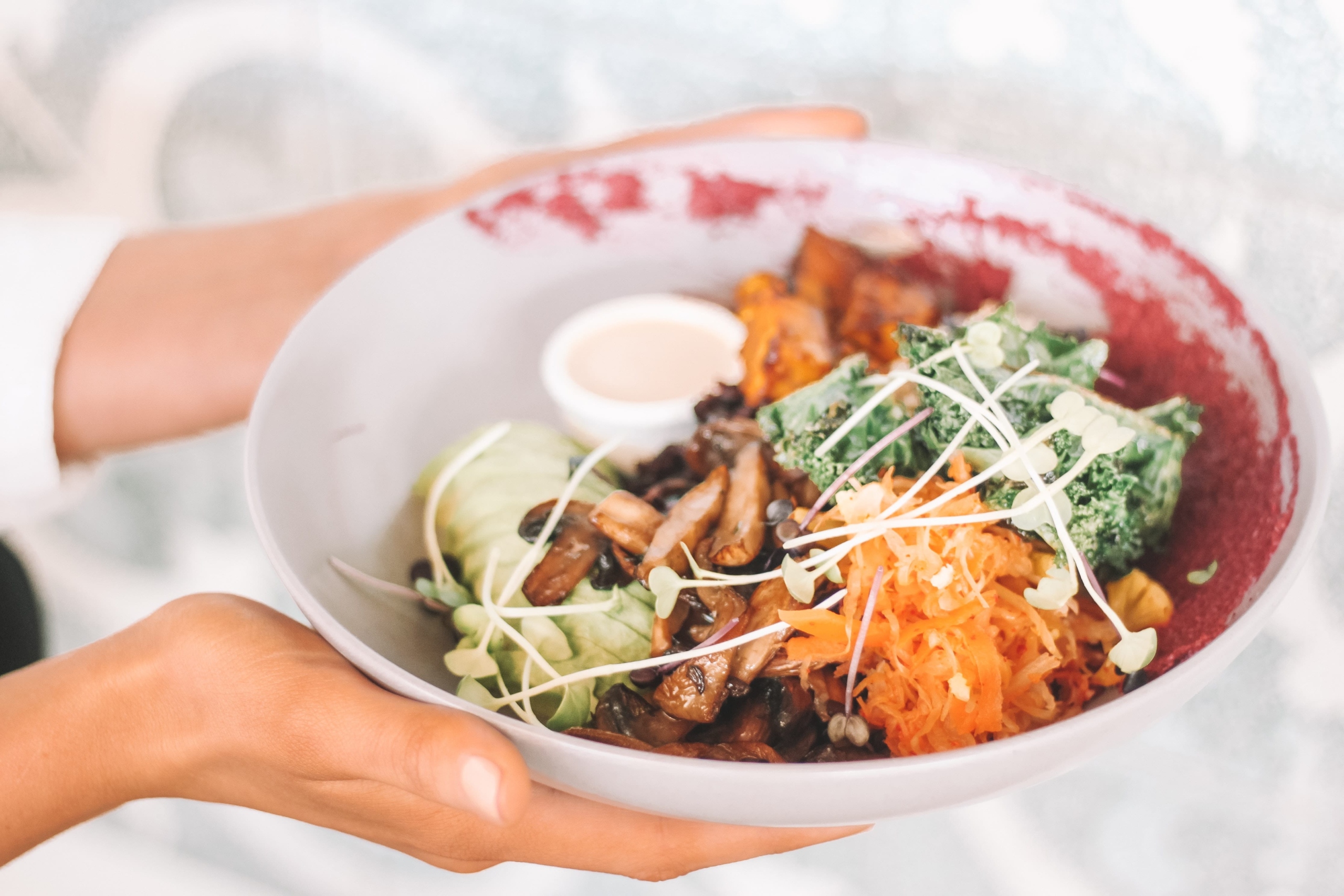
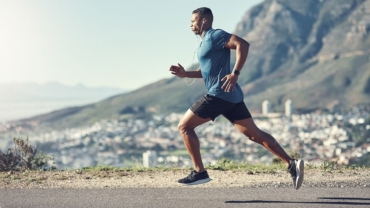
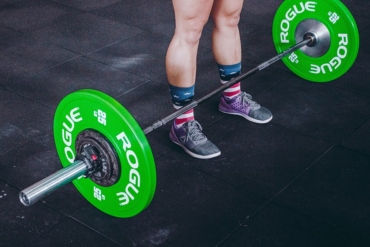

 Midfoot / Forefoot Running
Midfoot / Forefoot Running Increase Cadence
Increase Cadence Strengthening Exercises
Strengthening Exercises